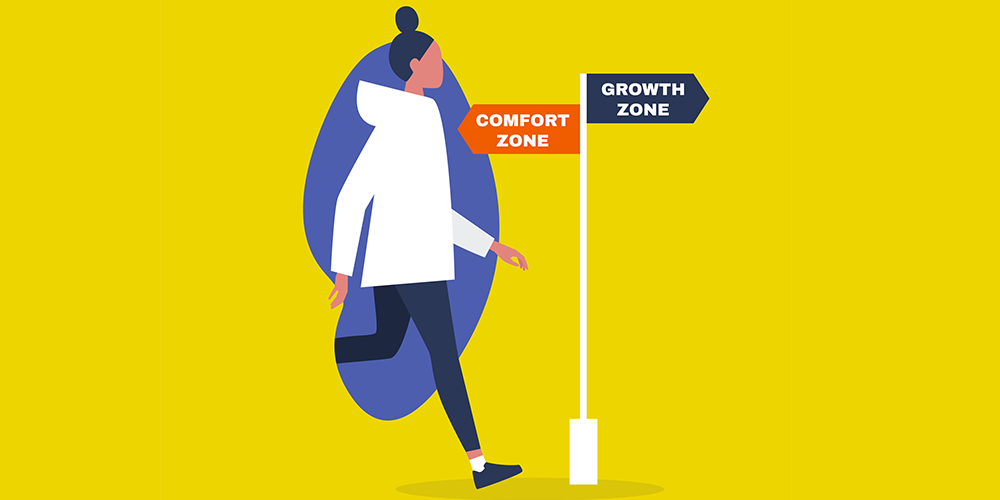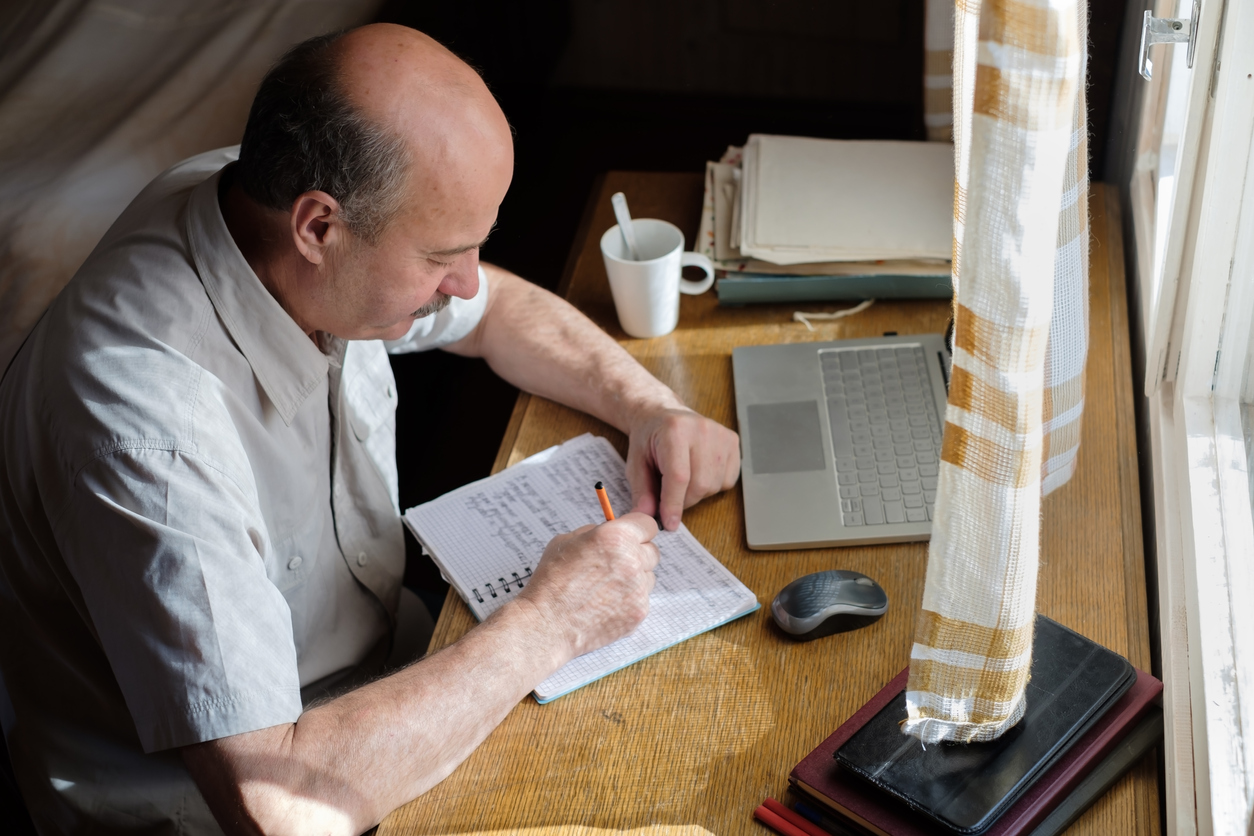
Cross-cutting concerns for public policy in career development
October 6, 2021
Client Side: Agility is the ‘resilience vitamin’ in a career with many twists and turns
October 6, 2021These exercises can help individuals derive meaning from their observations and experiences, which can then inform future actions
Helena Prins

Reflection gives the brain an opportunity to pause amidst the chaos, untangle and sort through observations and experiences, consider multiple possible interpretations and create meaning. This meaning becomes learning, which can then inform future mindsets and actions. Engaging in reflection activities when at a crossroads in your career or when supporting clients who need to reimagine their future will lead to more effective action. People who make the space to reflect are more articulate about their goals and “value add” in resumes, interviews and during meetings in existing roles.
I see career development as a continuous and lifelong process through which people come to understand themselves as they relate to the world of work and explore and discover their role, or ideally, their purpose in this world. Whether career practitioners are guiding clients toward occupational achievement by establishing congruence between type and occupation (Holland), or whether their client’s development task is Exploration, Establishment or Maintenance (Super), or promoting opportunities that will impact self-efficacy (Bandura), I believe reflection should be build into every coaching session. Whether choosing a quantitative or qualitative assessment tool, providing opportunity for the client to reflect on the results is what leads to meaning making, helping them to stay true to themselves, and therefore, better govern their own lives.
More from Careering:
Client Side: Agility is the ‘resilience vitamin’ in a career with many twists and turns
Case Study: Carleton careers course aims to help students manage change and complexity
Career professionals need accessible tools to build LMI literacy
Putting reflection into practice
A first step in providing opportunity for reflection is to make clients aware of the purpose of reflection and to prioritize it by scheduling 10 to 15 minutes for meaningful reflection daily. Fraser-Thill refers to this intention as “targeted reflection,” which has a set goal and system for carrying out the contemplation.
Here are three exercises practitioners can use with clients to help them engage in career reflection.
1. Likes and dislikes reflection
One of the easier questions to start reflecting upon is: What works and doesn’t work for your client in their current position? Consider a template like this:
| Likes | Dislikes | |
| Job 1 | ||
| Daily tasks | ||
| Workplace culture | ||
| Office space/location/building | ||
| Work-life balance | ||
| Etc. | ||
| Job 2 |
When discussing the list with a peer or career coach, a clearer picture of wants and needs emerges for the jobseeker. Career professionals can encourage clients or students to consider how the job description and company culture for prospective employers align with the preferences they identified in this activity.
2. Self-reflection: Who do I want to be?
For some, it might be intimidating to look within themselves and share personal insights with a career coach. Brené Brown’s research on shame and vulnerability comes to mind. One way of easing into self-reflection could be to ask the client to name role models and to identify what the admirable qualities of these figures are.
The next step is to consider which of these qualities or behaviours the client wants to apply more consciously in their life or which they would like to develop further in the pursuit of their next goal. As Swords reminds us, self-reflection takes time, trust and honesty. Support jobseekers in starting from a position of strength and focus on helping them develop their self-belief.
3. Reflected Best Self Exercise
The Reflected Best Self Exercise is based on research by Quinn, Dutton, Spreitzer and Roberts. This eye-opening activity involves having the individual reach out to their network to ask for examples of when the jobseeker was their “best self.” Grant (2013) outlines the four steps:
- Choose sources and seek feedback. Have the client identify 10 to 20 people they know well from different walks of life (e.g. friends, current or former colleagues) and ask them to write a story about a time when the client was at their best.
- Spot patterns. Once the feedback arrives, help the client look for the common themes that appear in multiple stories. Have the client make a list of the themes, the key examples that support each of them and what they suggest about their strengths.
- Create a self-portrait. Using this information, have the client write out a brief profile of who they are when they are at their best.
- Put strengths into action. Support the client to create an action plan for how and when they will use their strengths.
- Self-reflection prompts. The following is a short list of questions that provides insight into what is important and inspiring to you or your client. These could serve as a weekly prompt, a conversation-starter activity or a five-minute daily journal reflection.
- Name the top three peak experiences in your life – times when you were in states of highest happiness. What do they have in common? What does this tell you about yourself?
- If money weren’t a consideration, what would you spend your every day doing?
- One thing I still really want to learn is …
- In five years, I see myself …
- Success is … and I feel successful when …
Next steps
While self-reflection is important, the work doesn’t stop here. It is only the beginning. The value of reflection lies in effective action. It may take time to make use of all the insights gained through self-reflection activities. However, these reflections will provide a sense of purpose toward a reimagined future.
Helena Prins is a Certified Career Strategist with Career Professionals of Canada. She is a full-time advisor in Learning and Teaching with BCcampus and an associate faculty member at Royal Roads University, where she is teaching a career development course to students in the School of Tourism and Hospitality.

